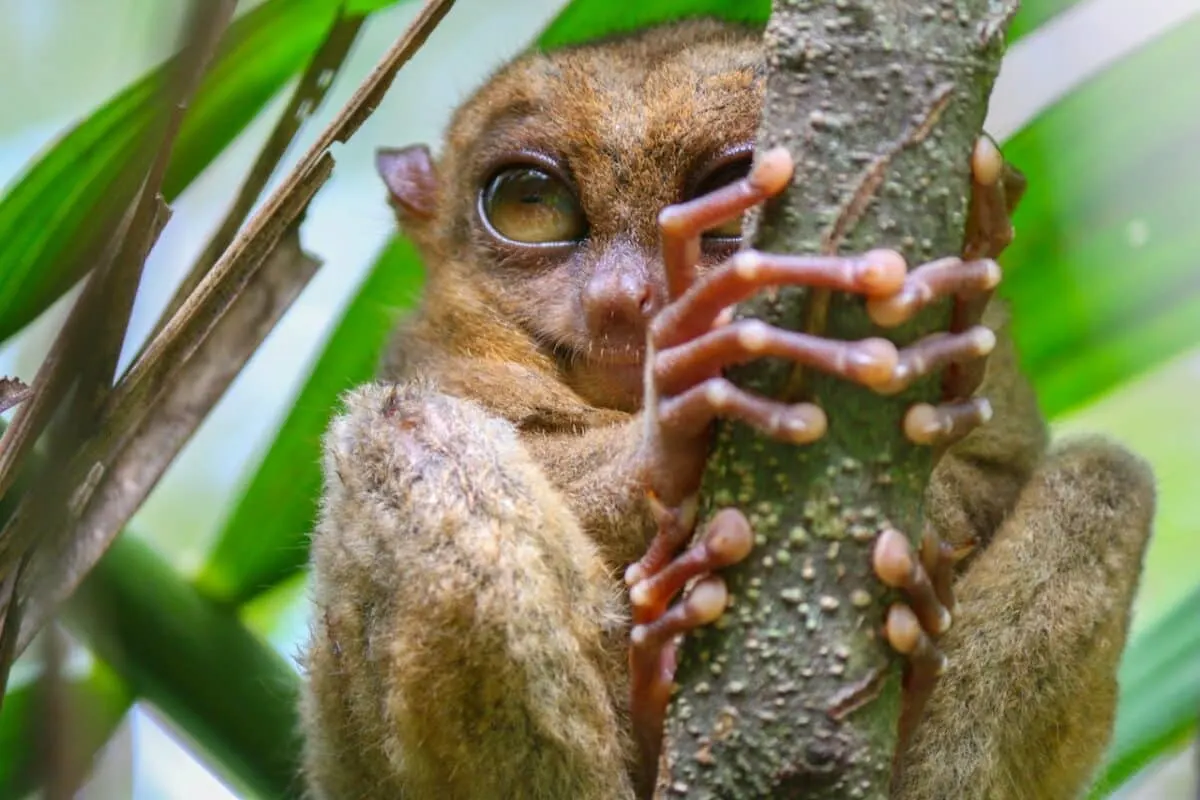In the vast tapestry of Earth’s biodiversity, certain animals remain enigmas—rare beings that elude the spotlight yet captivate the imagination of those fortunate enough to encounter them. From the dense jungles of the Amazon to the remote islands of the Pacific, these rare animal species defy the ordinary with their peculiar appearances and mysterious behaviors. This journey through nature’s curiosities promises to both educate and astonish, unveiling creatures you might never have imagined existed.
Saola The Asian Unicorn

Discovered only in 1992, the Saola, often called the “Asian Unicorn,” is a rare bovine found in the Annamite Mountains between Vietnam and Laos. Distinguished by its long and sharp horns and white facial markings, the Saola is one of the world’s most endangered large mammals. Its elusive nature makes sightings extremely rare, and conservationists work tirelessly to study and protect their dwindling populations.
Axolotl The Mexican Walking Fish

The Axolotl is a neotenic salamander native to Mexico, known for its ability to retain juvenile features into adulthood. Unlike most amphibians, it remains aquatic and gilled, offering a fascinating glimpse into the retention of juvenile traits throughout an organism’s life. The Axolotl is a focus of scientific study due to its unique regenerative abilities, capable of regenerating entire limbs.
Pangolin The Armored Mammal

Pangolins are unique mammals covered in scales made of keratin. They roll up into a ball to protect themselves from predators, using their scales as armor. Despite their natural defenses, pangolins are the most trafficked mammals in the world, primarily for their meat and scales. Conservation efforts are critical to prevent their extinction.
Okapi The Giraffe’s Forest Cousin
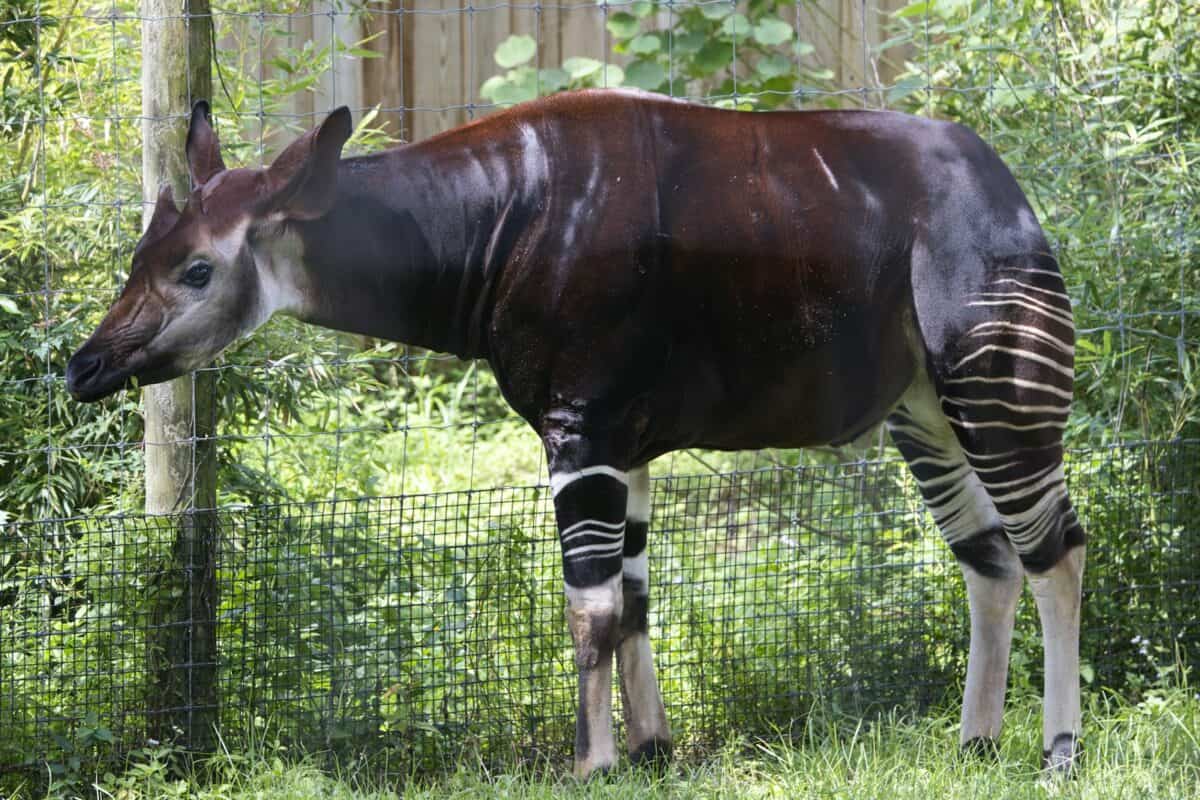
Resembling a cross between a zebra and a giraffe, the Okapi is native to the dense rainforests of the Democratic Republic of Congo. Despite its striking features, including a long neck and striped legs, the Okapi is closely related to the giraffe. Known as the “forest giraffe,” these elusive animals were only recognized by Western scientists in the early 20th century.
Irrawaddy Dolphin The River’s Smile
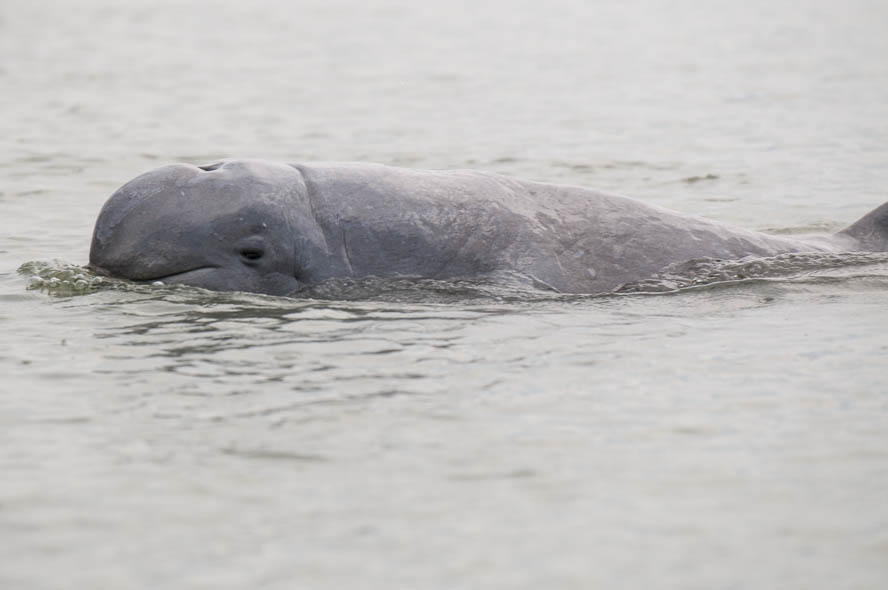
The Irrawaddy Dolphin is a freshwater species often found in estuaries and mangroves in Southeast Asia. With a distinctive, rounded forehead and no beak, these dolphins are known for their friendly appearance and sociable nature. Unfortunately, they face threats from habitat destruction and fishing practices, making conservation efforts essential for their survival.
Tarsier The Tiny Nocturnal Primate
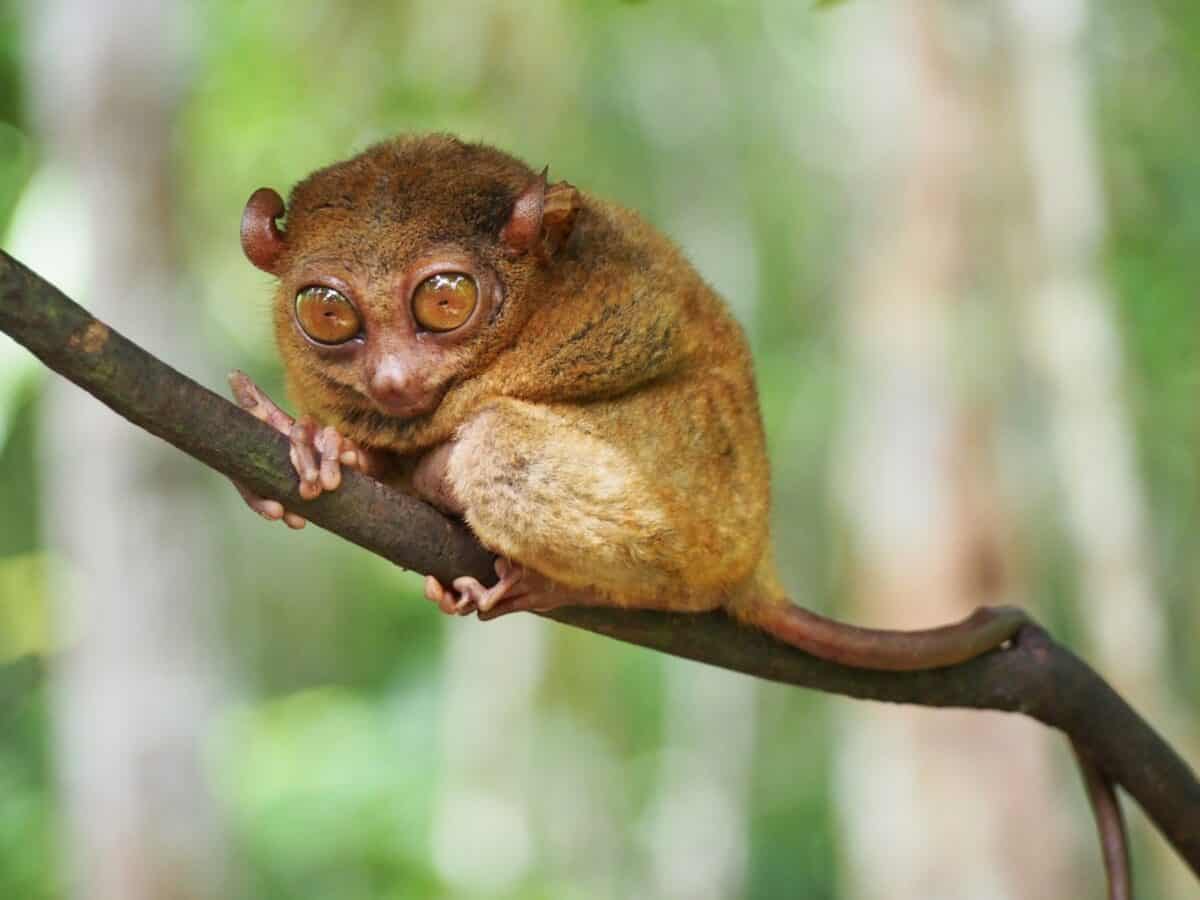
Tarsiers are small primates native to Southeast Asia, recognized for their enormous eyes, which are essential for their nocturnal lifestyle. Entirely carnivorous, they feed on insects and small vertebrates. Despite their cute appearance, tarsiers are solitary and secretive, and deforestation poses a significant threat to their existence.
Aye-Aye Madagascar’s Nighttime Forager

Native to Madagascar, the Aye-Aye is a lemur that uses its unusually long middle finger to tap on trees and find food beneath the bark. Its nocturnal and arboreal lifestyle is complemented by a keen sense of hearing. Sadly, they are often killed due to cultural superstitions and face habitat loss, prompting conservation efforts to protect their numbers.
Markhor The National Animal of Pakistan
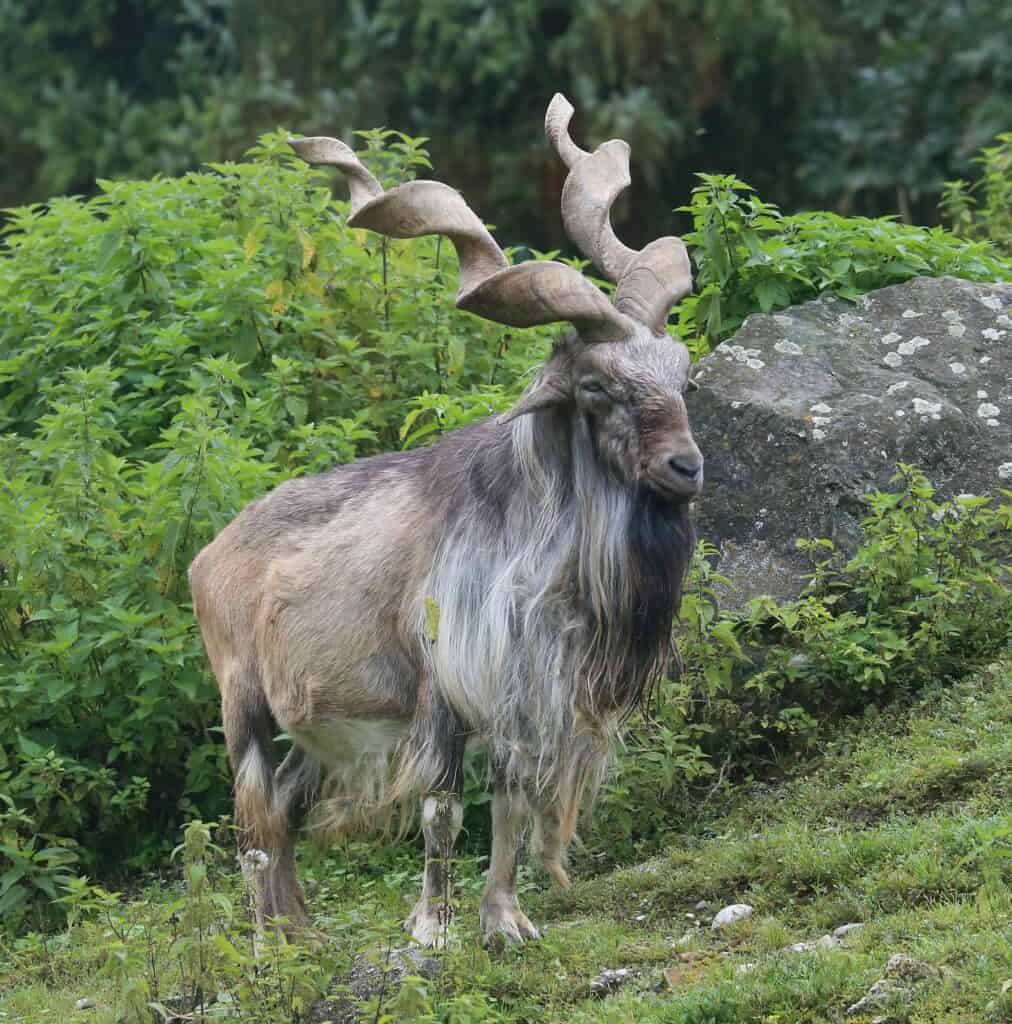
Known for its spiraling horns, the Markhor is a wild goat inhabiting the mountainous regions of Central Asia. These graceful climbers are adapted to precipitous terrain, and their magnificent horns can reach up to 160 cm in length. While once endangered, effective conservation measures have resulted in a notable population increase.
Vaquita The World’s Most Endangered Porpoise

The Vaquita is the smallest cetacean, found only in the northern part of the Gulf of California. With fewer than 20 individuals left, they face imminent extinction due to illegal fishing practices that entangle them in nets meant for another endangered species, the totoaba. Urgent conservation measures are critical to their survival.
Blobfish The Deep-Sea Oddity

Often nicknamed the “world’s ugliest animal,” the Blobfish inhabits the deep waters off the coasts of Australia and New Zealand. Its gelatinous appearance is a result of adaptations to high-pressure environments deep underwater. Out of the depths, it appears blobby due to the lack of buoyant water pressure to maintain its shape.
Red Uakari The Bald Beauty of the Amazon

The Red Uakari, a monkey native to the Amazon Basin, is best known for its strikingly red face and bald head. This vivid color is believed to reflect health and vigor to potential mates. These primates live in large social groups and are primarily frugivorous, feeding on various fruits found in their lush habitat.
Sun Bear The Honey Lover
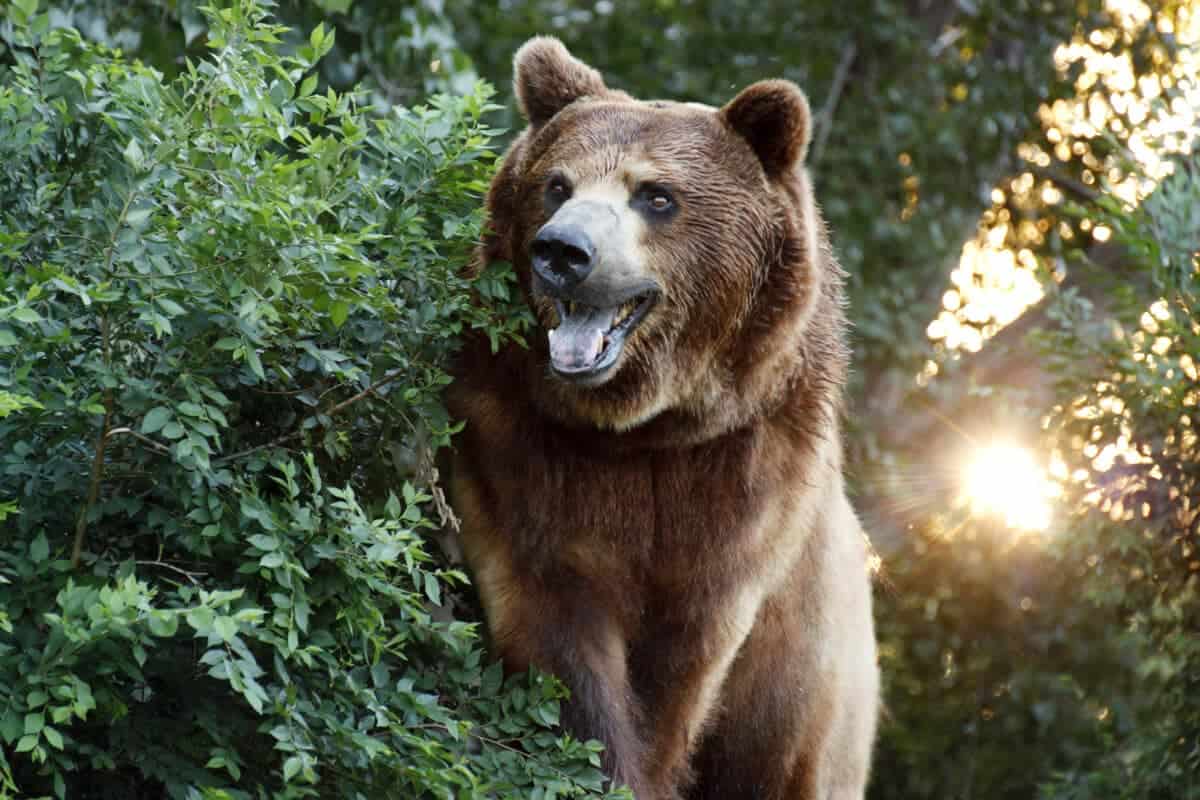
Sun Bears are the smallest members of the bear family, found in the tropical forests of Southeast Asia. They have a distinctive cream-colored chest patch shaped like the rising or setting sun. Their long tongues are perfect for extracting honey from beehives, earning them the nickname “honey bears.” Deforestation and poaching pose a significant risk to their survival.
Greater Bamboo Lemur A Relic from the Past

Once thought extinct, the Greater Bamboo Lemur was rediscovered in Madagascar in the late 20th century. These lemurs are unique in their diet, feeding almost exclusively on giant bamboo, which contains cyanide. They possess behavioral adaptations to detoxify this poison, securing their role as one of the most specialized primates.
Bilby Australia’s Easter Marsupial
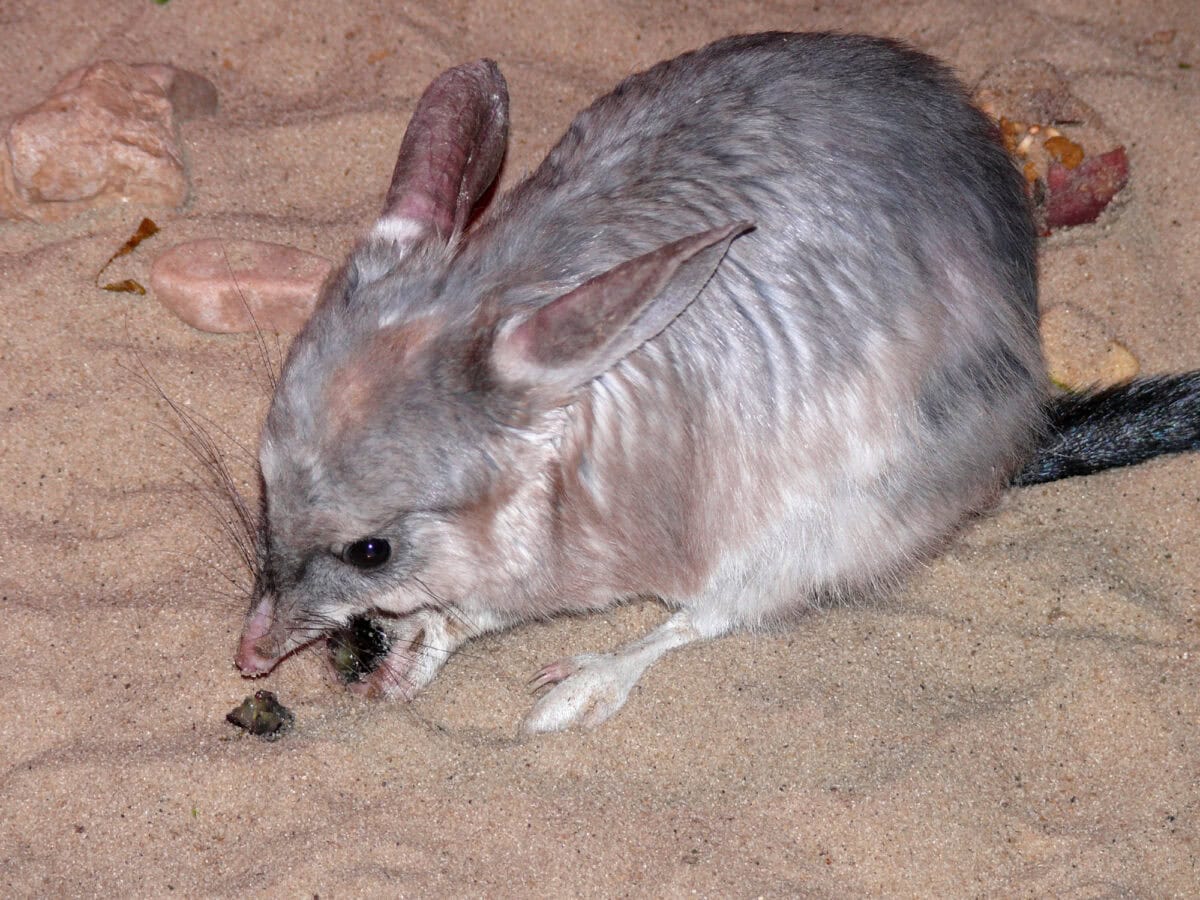
The Bilby, a small marsupial with long ears and a pointed snout, is native to Australia. As a desert-dweller, it has adapted to arid conditions and a nocturnal lifestyle, emerging at night to forage. Conservation programs aim to increase its population by reintroducing them into predator-free areas.
Quokka The World’s Happiest Animal
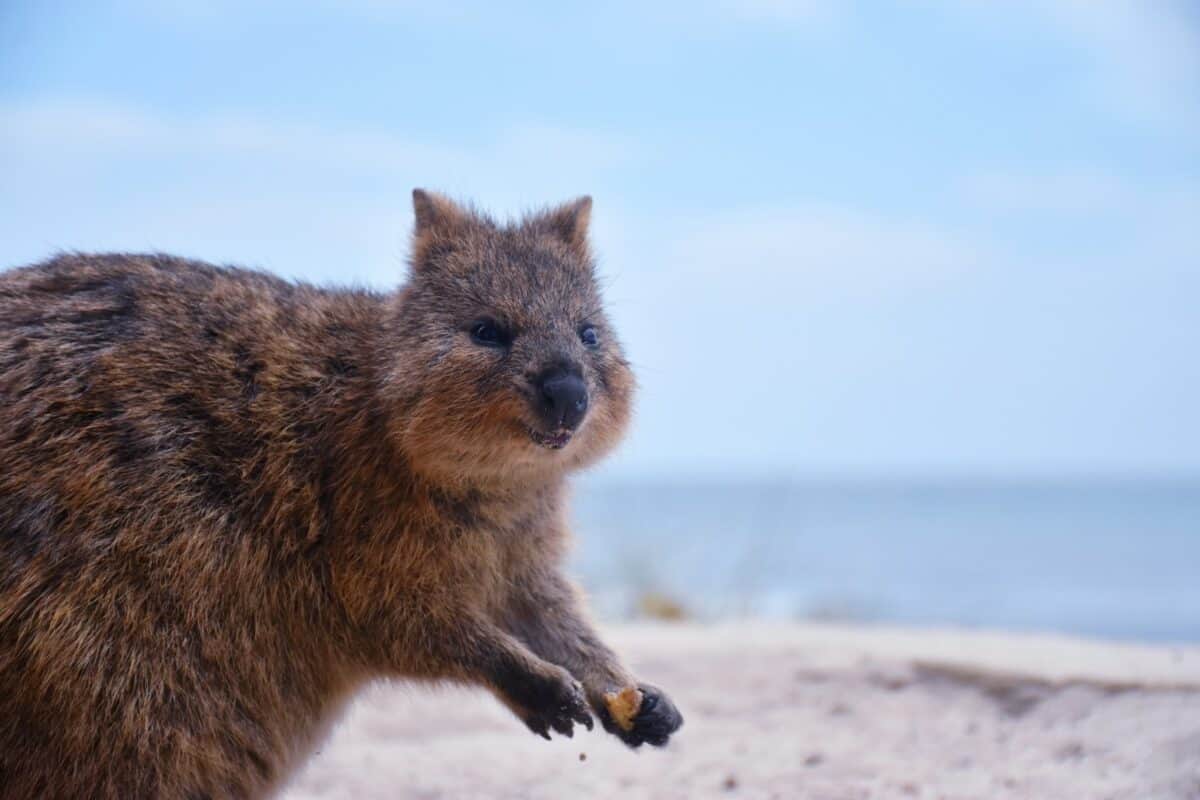
Dubbed the “world’s happiest animal” due to its ever-present grin, the Quokka is a small marsupial found primarily on Rottnest Island, Australia. These social creatures are known for their friendly behavior towards humans. Despite their cheerful demeanor, they face threats from habitat loss and predation by introduced species.
Conclusion:

As we conclude our exploration of these 15 extraordinary species, it becomes clear that Earth’s biodiversity is as much a marvel as it is a mystery. Each of these creatures, with their unique adaptations and intriguing lifestyles, reminds us of the importance of conservation efforts. Protecting these rare species ensures that future generations can continue to discover and be inspired by the wonders of our natural world.
- 15 Things You Did Not Know About Owl Eyes - August 7, 2025
- 15 Times Rescue Animals Proved They Are the Best Companions - August 7, 2025
- 14 Signs Animals Experience Joy - August 7, 2025

